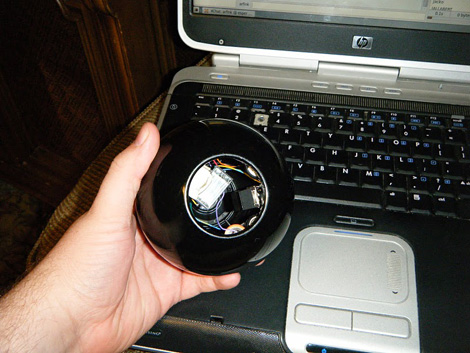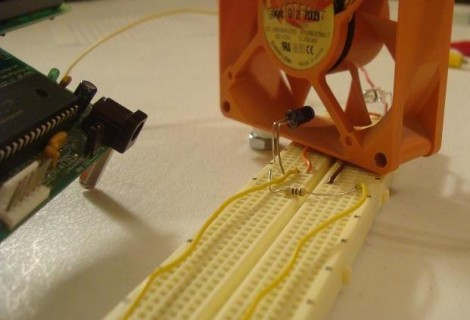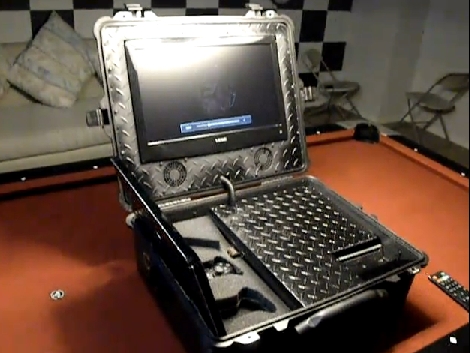
Hackaday forum user [arfink] has shown us a brilliant practical joke he built. This is a magic 8 ball that will blind you with a flash when you flip it over. Have you ever been in a room with one of these and not flipped it over? Neither have we. Using a basic flash circuit ripped from a disposable camera in conjunction with a mercury switch, this project took him about 2 hours to make. Admittedly, most of that time was just trying to split the 8 ball in half without completely destroying it. The circuit is pretty simple. Just figure out what 2 wires need to be crossed to trigger the flash and install your tilt switch there. He added a power cut off so you could disable it as well.
UPDATE: video added after the break! Continue reading “Fabulous Magic 8 Ball Prank”

















